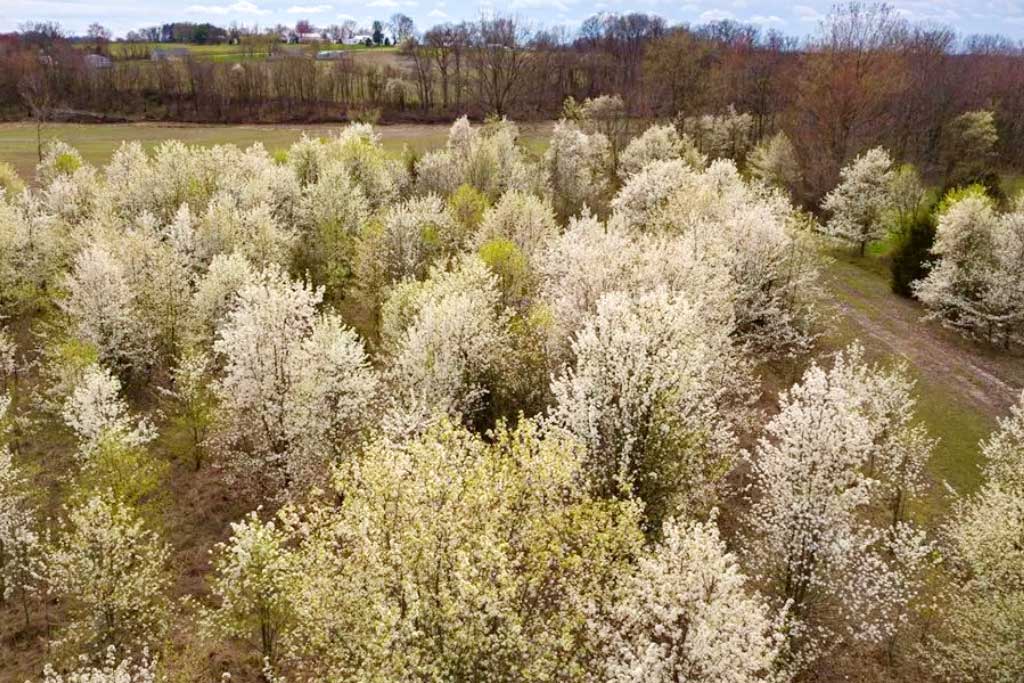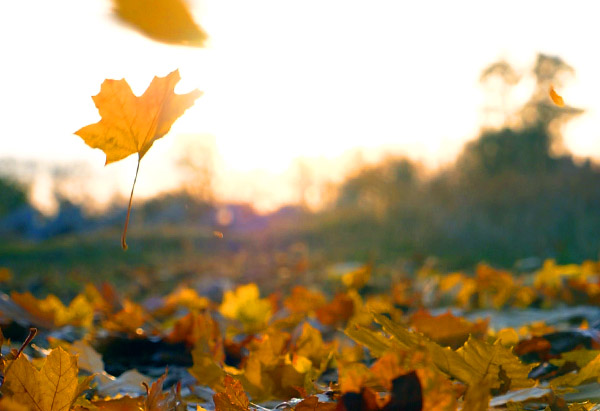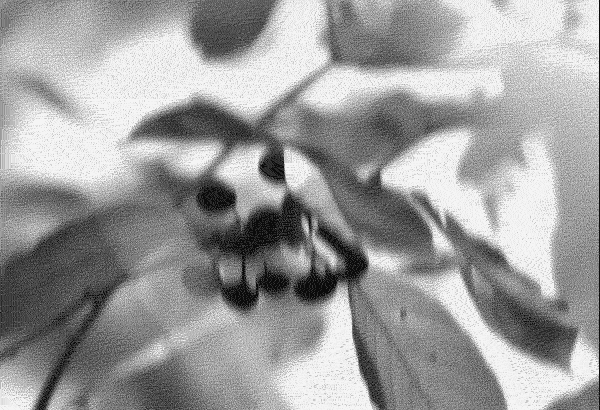The Callery pear (Pyrus calleryana) is a popular ornamental tree native to China, admired for its white spring blossoms, fast growth, and symmetrical form. Several cultivars of the tree are offered commercially, including ‘Aristocrat,’ ‘Autumn Blaze,’ ‘Bradford’ (which is the commonly planted “Bradford pear”), ‘Capital,’ ‘Cleveland,’ ‘Chanticleer,’ ‘Redspire,’ and ‘Whitehouse.’
When cultivars in the “Callery pear” family cross-pollinate, their fertile seeds sprout and aggressively take over areas where they aren’t wanted. Escaped Callery pear can grow densely along roadsides, fields/meadows, open woods, prairies, or other open areas. Emerging seedlings will require up to 3 years to be noticeable from a distance, and up to 5 years before trees begin to flower.
The spread of Callery pears is particularly disruptive in the Midwest, where the landscape includes vast grasslands, forests, and prairies. In areas like Ohio, Indiana, Missouri, and Illinois, dense thickets of Callery pears are taking over large expanses of land, forming impenetrable stands that block sunlight, preventing native plants from thriving and outcompeting valuable native species like oaks, maples, and native grasses. This creates a domino effect on biodiversity, as native plants are essential for local wildlife. Birds, insects, and animals that depend on native plants for food and habitat are left without critical resources as Callery pears dominate the landscape. This loss of biodiversity can lead to a decline in species populations, harming ecosystems and reducing the overall health of the region’s environment. In prairie regions, this invasion threatens one of the most endangered ecosystems in North America.
How to Identify Callery Pear
The Callery pear is a small tree, typically no more than 40 feet tall. Leaves are up to 3 inches long, round to ovate, a thick waxy cuticle, and an alternate leaf arrangement. Leaves also have a finely-toothed edge or margin. The white, 5-petaled flowers measure ¾ inch across and grow in clusters. They have a strong, unpleasant odor. Fruits are ½ inch in diameter, green to brown, and covered in small pale white spots. The bark is gray to brown, changing from smooth to deeply fissured or scaley bark as it matures. Naturalized individuals will typically have spines.
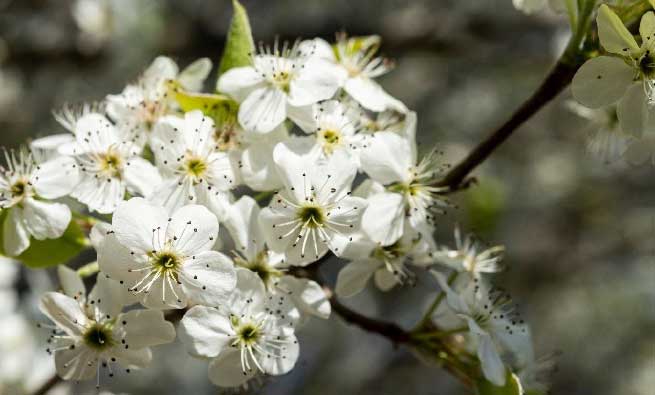
Callery pear flowers.
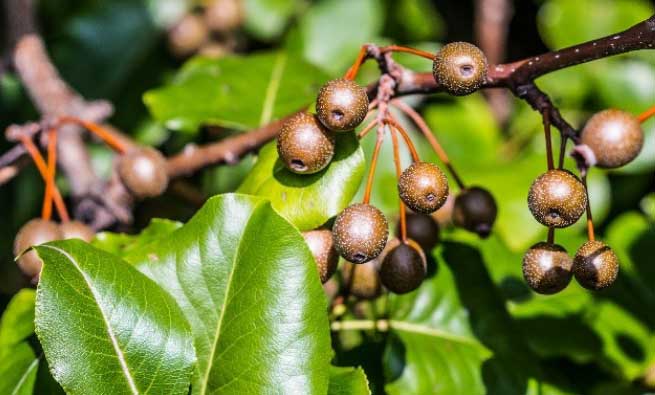
Callery pear leaves and fruit (note: fruit are not nutritious).
Control Methods for Callery Pear
Approaches to controlling the Callery Pear depend on the size of the tree and the time of year.
Controlling trees from seedlings to about 4 feet tall.
Mowing seedlings or small trees is not recommended, as single-stem trees will re-emerge as multiple-stem trees. Instead, leaves are treated with an herbicide sprayed on the pear leaves, covering the entire tree. This is called foliar treatment. Care must be taken to avoid spraying adjacent desirable vegetation to prevent damage. Herbicide application can occur any time during the growing season; once leaves come out in the spring until leaves start to turn color in the fall. Damage symptoms are slow to develop (30 days), and the complete die-off of treated trees can take several months.
Controlling trees over 4 feet tall.
Using a chain saw or hand saw, cut the Callery pear tree down and make the final cut across the base of the trunk until only a short (about 1 inch) stump is visible. Within an hour of the final cut, the perimeter of the stump needs to be treated with herbicide to prevent new shoots from growing. If control is effective, you will not see any shoots regrow from the stump’s base. The optimal timing for this technique is the fall through early winter.
Controlling large Stands of Callery Pear trees.
Forestry mowers used to cut down large stands of other invasive species, like buckthorn, can be used to mow down larger populations of Callery pears. Mowers shred trees up to 6 inches in diameter, leaving behind large mulch-like chunks. Herbicide is applied to the stump after mowing, but the area should be visited the following growing season to check for resprouts. In large areas, a stump can likely be missed, or stump treatment may not have been 100% effective.
Regulation of Callery Pear
Callery pear is not listed as an invasive species at the state level in Illinois or Wisconsin, but some cities have banned the tree from city plantings. It is on the Department of Natural Resources invasive species list in Ohio. As of 2024, South Carolina and Pennsylvania banned its sale.
Alternatives to Callery Pear in the Midwest
As the negative impacts of Callery pear trees become more apparent, many Midwest states and municipalities are banning the sale and planting of these trees. Fortunately, there are several beautiful and environmentally friendly alternatives for landscaping in the region, including:
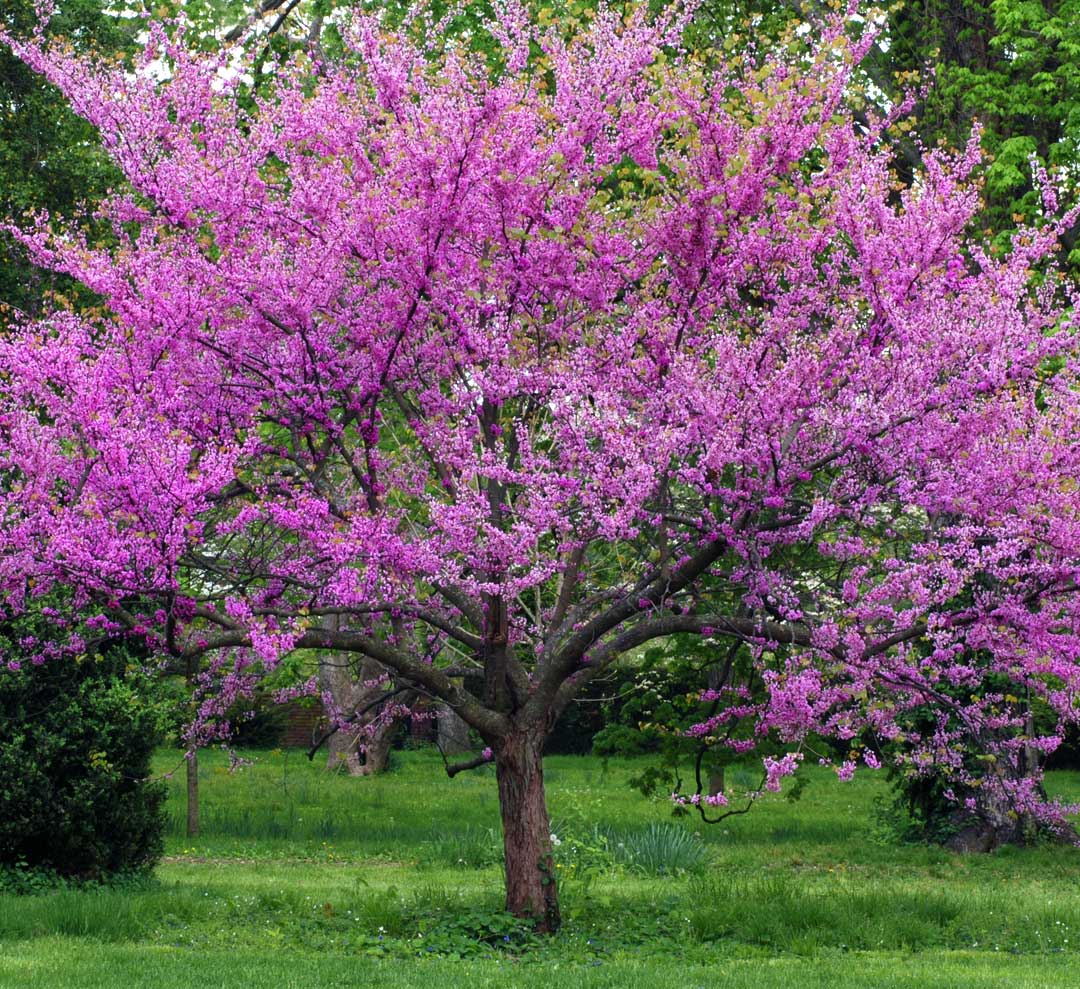
Eastern Redbud (Cercis canadensis):
A stunning native tree with pink flowers that bloom in early spring.
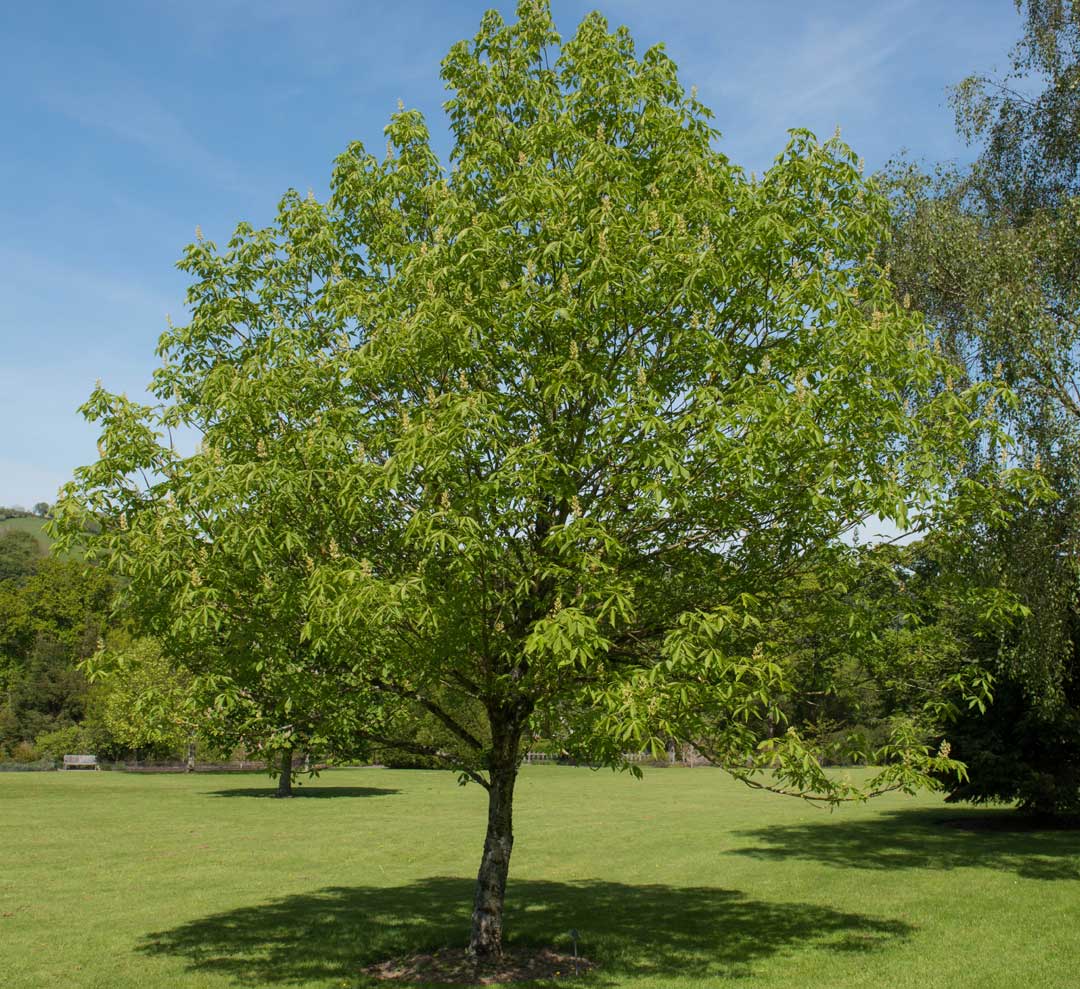
Red Buckeye ( Aesculus pavia):
Provides beautiful white flowers in spring, edible berries, and habitat for birds.
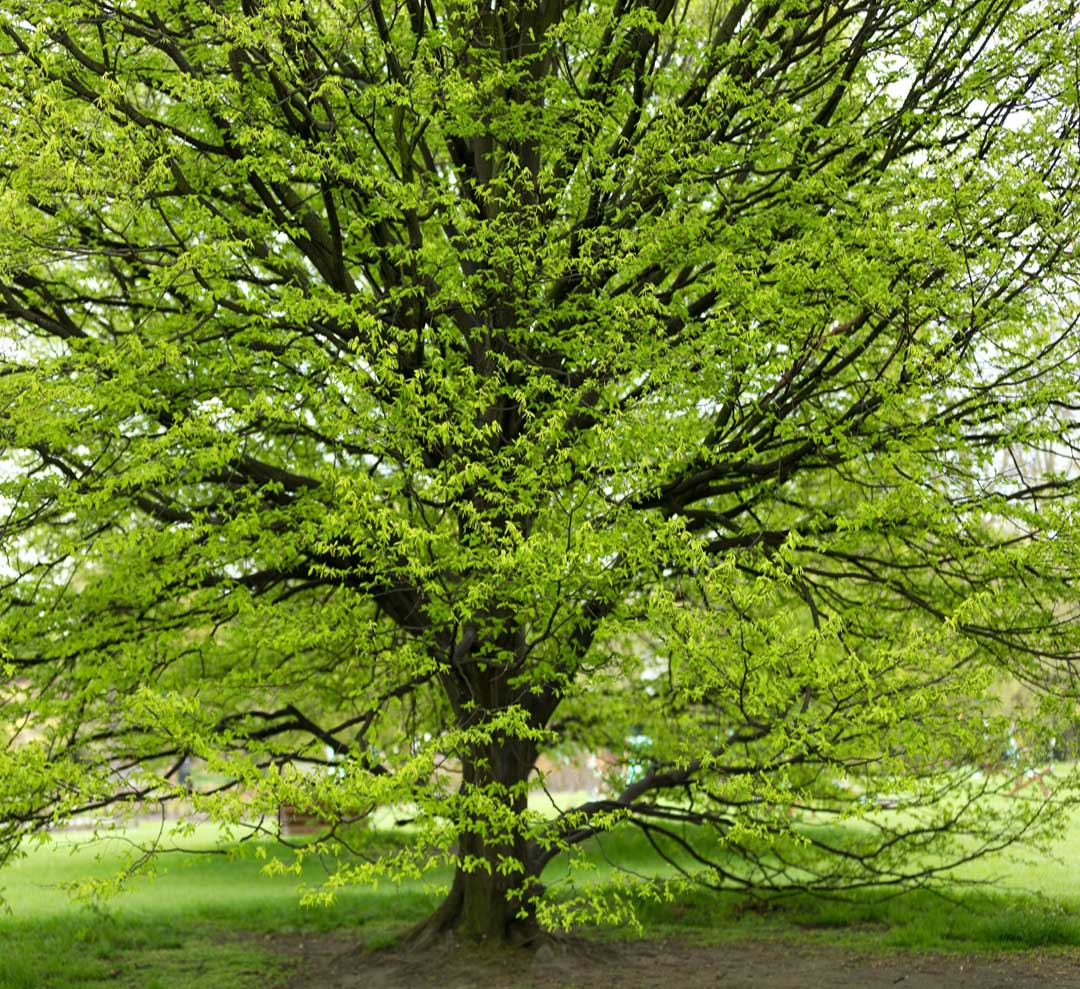
American Hornbeam (Carpinus caroliniana):
A hardy native tree that thrives in Midwest conditions, offering strong wood and attractive foliage.
While once favored for its beauty and rapid growth, the Callery pear has become an invasive menace in the Midwest. Its aggressive spread, displacement of native species, harm to wildlife, and challenges to eradication make it a significant problem for the region’s ecosystems. For the sake of the Midwest’s environmental health, it is crucial to remove these trees and replace them with native alternatives that support biodiversity and create resilient landscapes.
Contact ILM Environments
for Callery Pear Removal Services
Contact us today to schedule a consultation, learn more about our services, and get a holistic strategy for caring for your environment.

